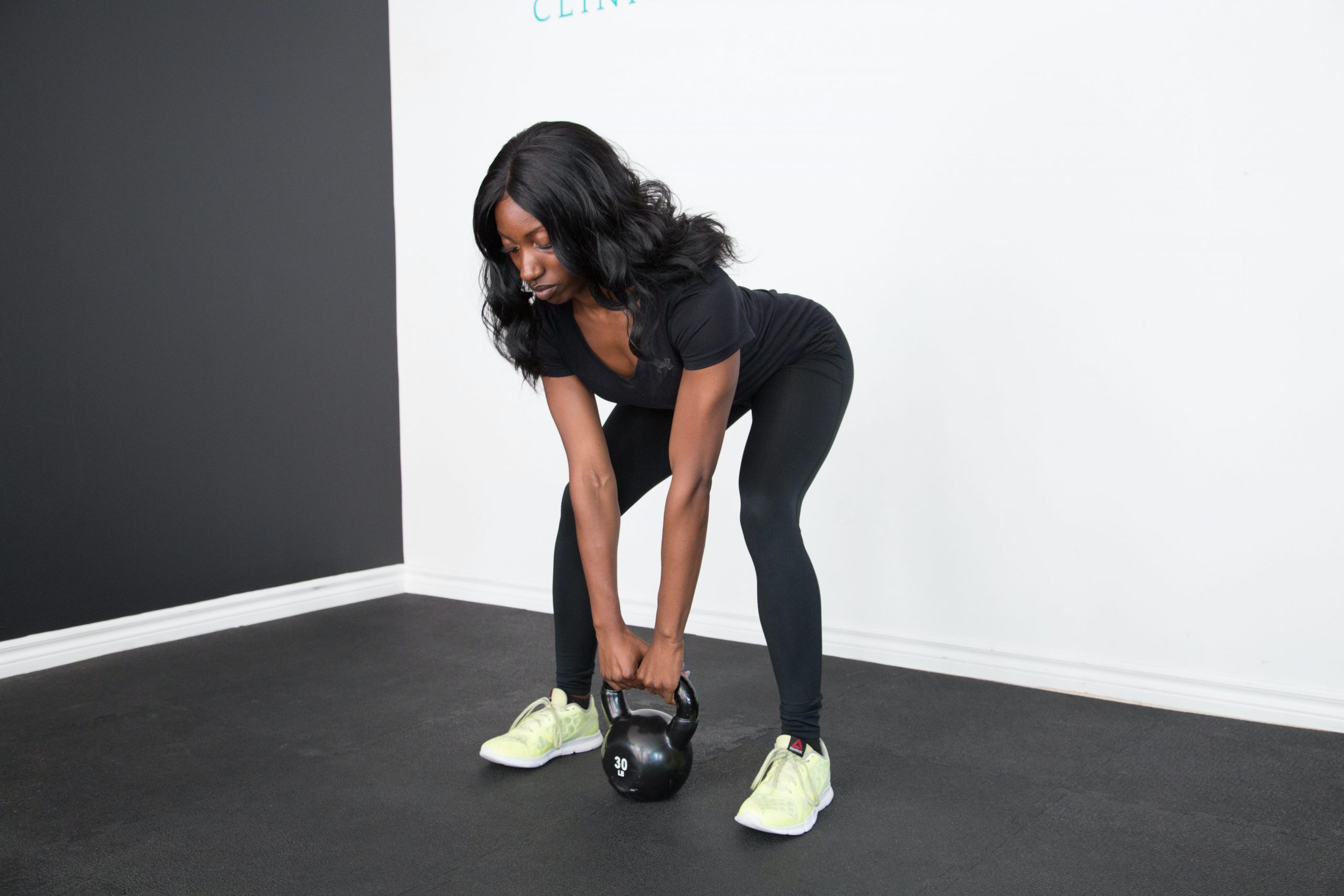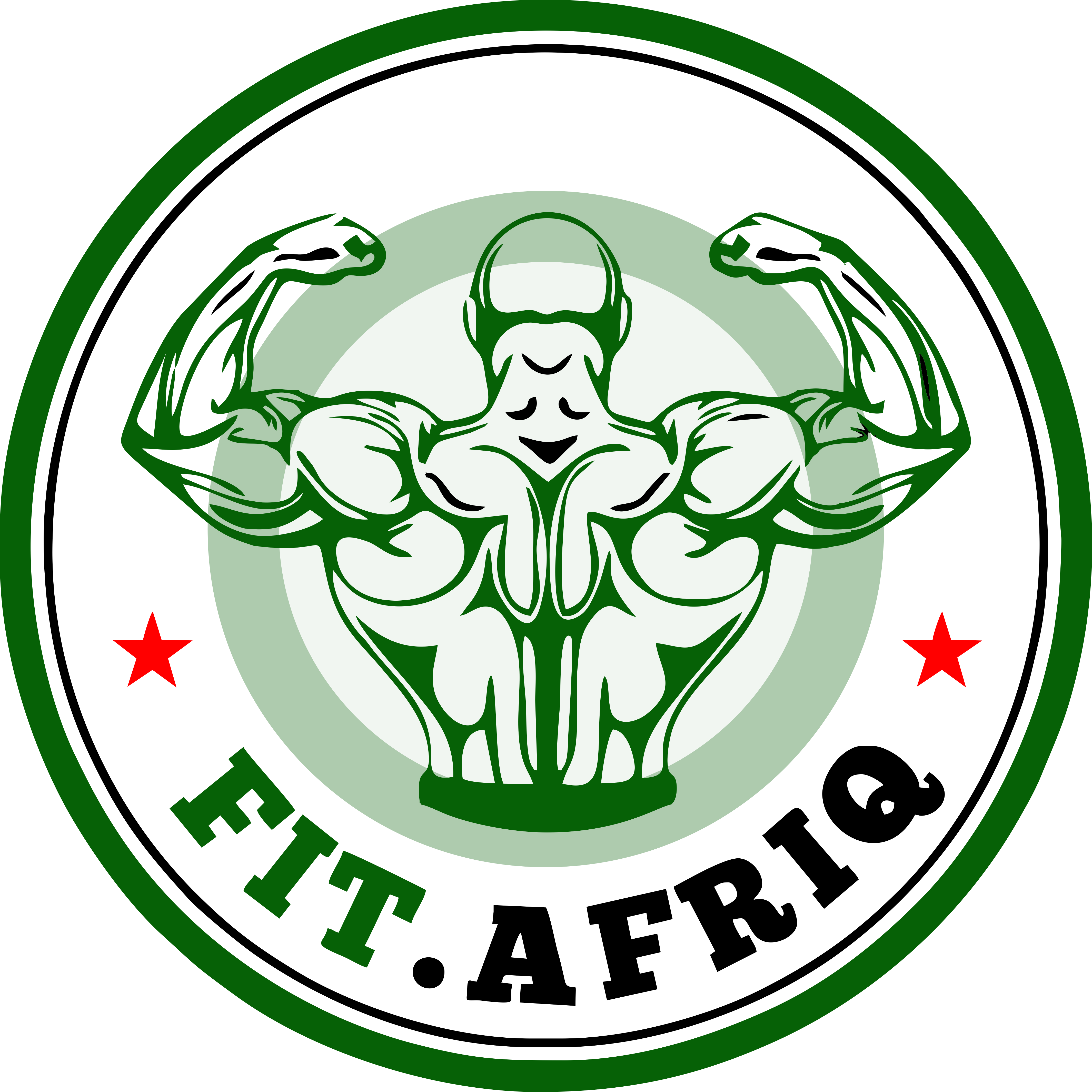Exercise, from a wellness, fitness and rehabilitative perspective

Most formal journals would describe it as any type of activity that requires physical effort to sustain or improve health and fitness. According to me, exercise is, any happy movement done by the body to influence our brain, emotion and psycho-social self for their upliftment, enhancement and betterment. Done consciously, voluntary with the aim of working our muscles, heart and other systems into their full level of functioning. Exercise shouldn’t be viewed as a dreadful, compulsory “should I really do it” form of exertion that is most unpleasant, however, it should be viewed, as our positive, happiness inducing pill whose benefits go way beyond the emotional, psychological, social, spiritual and physical states, because as we become physically active, and grow and advance, the more we get to our full potential and full level of self-actualization, being better not only for ourselves, but the world around us.
The benefits of exercise go beyond the improvement of our body systems, the increase in bone strength and density, the prevention of lifestyle conditions and the increase and sustenance of fitness, to the rehabilitation of injuries as well as to increasing and inducing wellness, improving self-confidence and other aspects of body image.

Two types of exercises
Aerobic Exercise
Aerobic exercise, refers to any type of exercise that relies more on aerobic metabolism as an energy system, which uses the slow-twitch aerobic muscle fibres as the dominant muscle fibres during activity. The activity is usually prolonged, or sustained for an extended period of a time. It strengthens your heart and lungs and trains your cardiovascular system to manage and deliver oxygen more quickly and efficiently throughout your body. Aerobic exercise uses large muscle groups, is rhythmic in nature and can be maintained continuously for at least 10 minutes.
Benefits
- Increase in cardiovascular as well as respiratory fitness and endurance
- Increase in oxygen consumption
- Increase in the heart-blood pumping mechanism
- Increases in the blood and oxygen consumption
- Helps reduce the risk of developing heart disease
- Reduces the risk of developing lifestyle conditions such as diabetes, syndrome x and others
- Reduces body fat with an increase in muscle mass
- Increases feelings of well-being and acts a regulator against psychological conditions like depression, anxiety and tension
- Reduces the risk of other hypokinetic disorders



Resistance exercise
Resistance training is any exercise that causes the muscles to contract against an external resistance with the expectation of increases in strength, tone, mass, and/or endurance. The external resistance can be dumbbells, rubber exercise tubing, your own body weight, bricks, bottles of water, or any other object that causes the muscles to contract. Relies more on the anaerobic energy system, the activity is usually short of duration and the type of muscle fibres recruited are the fast twitch glycolytic fibres for the activity.
Benefits
Increase in muscle strength, muscle balance and tone as well as an increase in muscle mass.
Two types of increases in muscle
Hypertrophy: the increase in the SIZE of the muscle fibres within the muscle
Hyperplasia: the increase in the NUMBER of the muscle fibres within the muscle

Before we move further, there are a few terms I would like to introduce which are going to stick with us for probably the rest of our exercise lives. These are principles or rather guidelines that determine the effectiveness of exercise and how our body responds and adapts to it, they include:
Frequency: refers to the number of times per week you do exercise
Intensity: the effort level at which exercise is done
Duration: the length of time the activity is sustained for
Type: the type of exercise you are doing (strength or cardio)

THE BENEFITS OF EXERCISE:
Exercise has very awesome benefits especially on the cardiorespiratory system, which is the collective term for both the cardiovascular system as well as the pulmonary systems.
Some of its benefits include:
- An increase in cardiorespiratory endurance and fitness
- Increase in oxygen consumption
- Increase in the heart pumping function
- Increases in vascularisation to increase or result in effective circulation
- Increase in the heart muscle, with a resultant increase in stroke volume.
- Healthy elastic arteries allow to more blood flow
- Less risk of atherosclerosis
- Lower blood pressure
- Lungs work more efficiently
- Deliver more oxygen to blood-better gas exchange
- Less bad cholesterol (LDL) and other fats in the blood
- More good cholesterol (HDL) in the blood
- Reduces inflammatory markers in the blood
- Fewer substances in the blood that cause clots
- Use oxygen efficiently
- Get rid of more wastes
- Use blood sugars and insulin more effectively to produce energy
- The increase in vascularisation causes an increase in the heart pumping efficiency, this in turn decreases the likely formation of clots that may eventually be the cause of atherosclerotic plaques leading to hypertension and other cardiovascular conditions.



